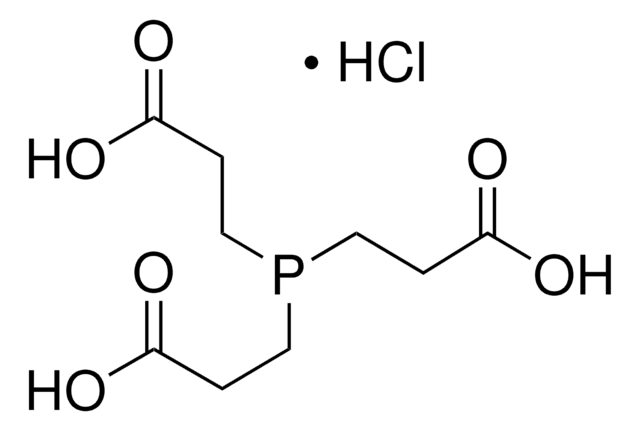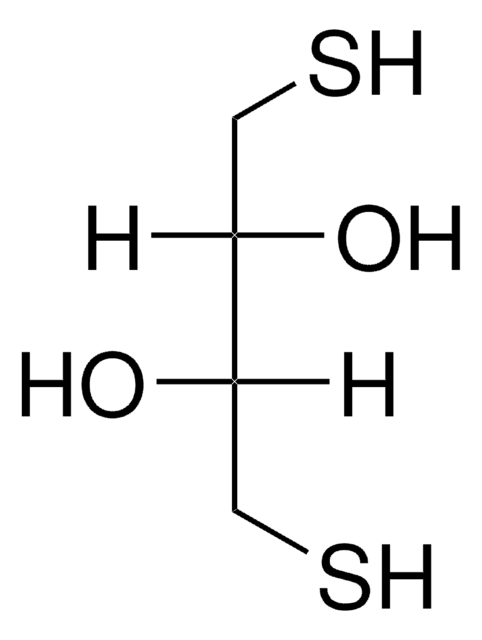19-1335
2-Mercaptoethanol
≥99.0%
Synonym(s):
β-Mercaptoethanol, 2-Hydroxyethylmercaptan, BME, Thioethylene glycol
About This Item
Recommended Products
vapor density
2.69 (vs air)
vapor pressure
1 mmHg ( 20 °C)
Assay
≥99.0%
form
liquid
expl. lim.
18 %
availability
available only in Japan
concentration
14.3 M (pure liquid)
refractive index
n20/D 1.500 (lit.)
pH
4.5-6 (20 °C, 500 g/L)
bp
157 °C (lit.)
density
1.114 g/mL at 25 °C (lit.)
SMILES string
OCCS
InChI
1S/C2H6OS/c3-1-2-4/h3-4H,1-2H2
InChI key
DGVVWUTYPXICAM-UHFFFAOYSA-N
Looking for similar products? Visit Product Comparison Guide
Application
Suitability
Signal Word
Danger
Hazard Statements
Precautionary Statements
Hazard Classifications
Acute Tox. 2 Dermal - Acute Tox. 3 Inhalation - Acute Tox. 3 Oral - Aquatic Acute 1 - Aquatic Chronic 2 - Eye Dam. 1 - Repr. 2 - Skin Irrit. 2 - Skin Sens. 1A - STOT RE 2 Oral
Target Organs
Liver,Heart
Storage Class Code
6.1A - Combustible acute toxic Cat. 1 and 2 / very toxic hazardous materials
WGK
WGK 3
Flash Point(F)
165.2 °F - closed cup
Flash Point(C)
74 °C - closed cup
Personal Protective Equipment
Regulatory Information
Choose from one of the most recent versions:
Already Own This Product?
Find documentation for the products that you have recently purchased in the Document Library.
Our team of scientists has experience in all areas of research including Life Science, Material Science, Chemical Synthesis, Chromatography, Analytical and many others.
Contact Technical Service





